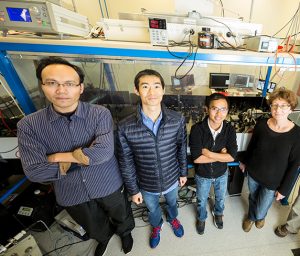Supervisors: A/Prof. Elena Ostrovskaya and A/Prof. Andrew Truscott
 Atomically thin transition metal dichalcogenides represent a perfect 2D “flatland” platform for creating excitons with large binding energies and coupling them to light. Strong coupling to light and formation of exciton polaritons in open and monolythic microcavities has been very recently reported by several groups around the world. This project will aim to design, fabricate, and spectroscopically interrogate TMD-based microcavities and progress towards Bose-Einstein condensation of exciton polaritons in this structures. The excitement in the field comes from the possibility to observe dissipationless (superfluid) exciton-polariton transport at room temperature using the new 2D material platform.
Atomically thin transition metal dichalcogenides represent a perfect 2D “flatland” platform for creating excitons with large binding energies and coupling them to light. Strong coupling to light and formation of exciton polaritons in open and monolythic microcavities has been very recently reported by several groups around the world. This project will aim to design, fabricate, and spectroscopically interrogate TMD-based microcavities and progress towards Bose-Einstein condensation of exciton polaritons in this structures. The excitement in the field comes from the possibility to observe dissipationless (superfluid) exciton-polariton transport at room temperature using the new 2D material platform.
The project will be supported by the ARC Centre of Excellence for Future Low-Energy Electronics Technology (FLEET). A generous scholarship top-up, as well as training, travel and networking opportunities will be offered for all FLEET students. The project will involve collaboration with Monash Centre for Atomically Thin Materials, as well as our colleaguse at Wuerzburg University and RIKEN (Tokyo).
This project can be tailored to suit PhD, Masters or Honours students.
If you have any questions, please contact A/Prof. Elena Ostrovskaya at elena.ostrovskaya@anu.edu.au.
Interested applicants must meet ANU PhD entry requirements. See http://www.anu.edu.au/study/study-options/doctor-of-philosophy-phd for more information on applying for a PhD project.

